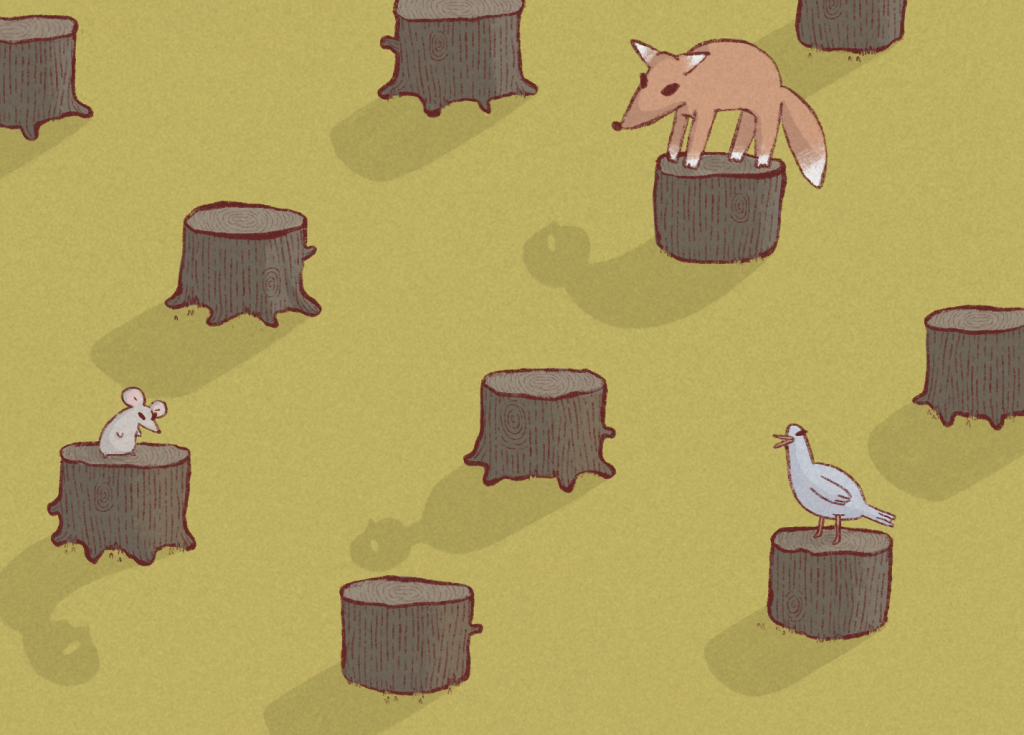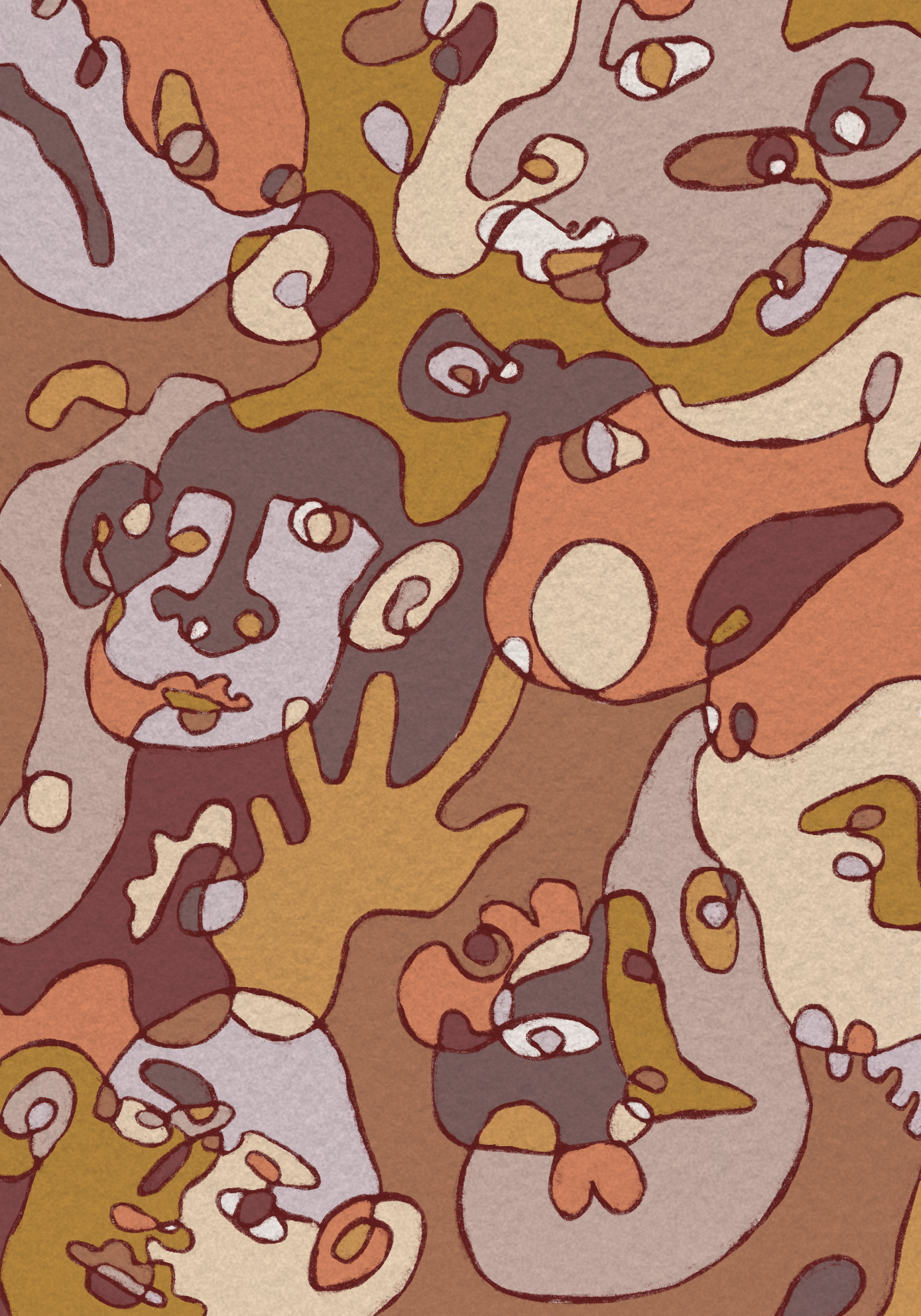Imagine an elephant walking down 5th Avenue in New York City, crushing cabs under its enormous hooves as “hardened” New Yorkers run for their lives. A rather unusual image, is it not? With the exception of a mass breakout from the Bronx Zoo, this will never happen. Yet, unnatural and frightening interactions between humans and displaced animals occur regularly, and their incidence is increasing as a result of deforestation and the wild animal trade.
These interactions are dangerous because of their correlation with zoonotic diseases, or infectious diseases caused by pathogens that animals pass to humans. As the amount of unsafe contact between wildlife and humans increases, so too does the spread of zoonotic diseases. As demonstrated through the Covid-19 pandemic, any zoonotic disease carries the threat of widespread outbreak, making it urgent and essential that measures be taken to prevent them. These measures include funding organizations dedicated to keeping track of high-risk areas where humans are in contact with wildlife, enacting policy reforms that decrease deforestation, and instituting a trade ban on high risk animals like bats, pangolins, or other rodents.
While Covid-19 has been in the spotlight for the past 16 months, it is far from the only zoonotic disease in recent history. From MERS to SARS to H1N1, there is a plethora of examples for why immediate action is so necessary. Some zoonotic diseases can kill 60 to 70 percent of the humans they come into contact with; if one of these deadly diseases were to become the next pandemic, it could very well be the last. Currently, new zoonotic diseases continue to be introduced into society at a rate of about two per year, and not nearly enough has been done to address their primary causes.
Land use change (LUC), and more specifically deforestation, is the single largest cause of new zoonotic diseases. Deforestation rose by 3 percent in 2019, and although this statistic may seem insignificant, the current rate of deforestation is equivalent to “the planet losing a soccer-field sized chunk of tropical forest every six seconds.” The leading study on this issue suggests that deforestation leads to a higher probability of pathogen spread because it forces humans and animals into closer contact. Deforestation also leads to huge losses in biodiversity, and the species of animals that remain are often those with the highest likelihood of hosting dangerous pathogens. Through deforestation, then, animals and humans are likely to swap pathogens—including deadly ones—with one another.
A notable example that demonstrates the dangers of deforestation is the spread of Lyme disease in Lyme, Connecticut during the 1970s. LUC drove out predators in the area that used to keep the white-footed mouse population at bay, allowing the rodent population to more rapidly reproduce. White-footed mice are carriers of Lyme disease, and can pass the disease onto any organisms that choose to feed on them. A tick’s chance of contracting the Lyme disease infection when it feeds on a white-footed mouse is about 90 percent, which causes the disease to quickly spread, and not just between ticks. Infected ticks can then pass the disease onto the humans they feed on, which is exactly what occurred in Lyme, a town enmeshed in nature. If deforestation continues at its current rate and continues to bring humans and animals in closer contact, introduction of new diseases, like Lyme disease in the 1970s, and spread of existing ones will only grow.
Governments all over the world have the ability to mitigate this issue, primarily by ceasing subsidies that promote deforestation, a strategy that has proven successful in the past. For example, international contributions and funds enabled Brazil to remove deforestation subsidies and restrict private land clearing between 2005 and 2012, leading to a 70 percent decrease in Amazon deforestation at a price tag of about $1 billion annually. These efforts should be concentrated on high risk areas—only 10 percent of the world’s tropical forests, most of them in South America and Asia, house over 50 percent of all zoonotic disease “spill-over” risk from high-danger animals.

If governments around the world cooperate to implement anti-deforestation reforms, the world would see a 40 percent decrease in virus spillover in the highest risk areas. On the other hand, if they fail to take action, it would cost about $9.6 billion annually to fund forest protection agencies to outcompete private ventures. Though it’s not an especially high-risk area, the United States must advocate for and implement anti-deforestation policies. Not only was the United States hit incredibly hard by the Covid-19 pandemic, but it also holds enormous sway in the United Nations, lending it the power necessary to actually effect change. Altogether, then, it is only logical that the US government lead the way domestically and abroad.
Along with deforestation, another dangerous practice that must be addressed for its contributions to zoonoses is the wild animal trade. High demand for exotic animals pushes individuals in countries like China, Mexico, and Indonesia to venture into forests and come into contact with various wild species, increasing the risk of pathogen spread. The hazard is exacerbated by the physical markets themselves, where dozens of diverse animals are sold while in extremely close proximity to each other. This practice leads to a dramatic increase in the risk for viral spillover, as animals can easily exchange pathogens. Though dangerous, wildlife markets are a $20 billion industry, employing around 15 million people in China alone. As a result, solutions to the problem must be sure to not completely destroy the industry or the livelihoods of the people involved in it.
However, to address this nuanced issue, certain high-risk animals, such as bats, pangolins, primates, and rodents, must be banned from the animal trade. Experts estimate $500 million must be invested annually into programs and technology to monitor the wildlife trade in a safe and effective manner. Although there is much debate on the extent to which an ending of wild meat trade in China is necessary, a de-escalation undoubtedly must occur. Some groups, like certain Indigenous and remote communities, rely on wild animals for food and protein. In such contexts, education on disease transmission, instruction on the sanitary handling of wildlife, and development of alternative food options are critical. With regulation, marketing of wildlife that meets nutritional and sanitation standards can continue. Although many of these solutions are complicated and costly, the right funding and leadership would make possible a world with a safe wildlife market that continues contributing to the economy without causing another pandemic.
However, these policies and initiatives will only be effective if accountability measures are established and upheld. The World Health Organization’s (WHO) “One Health” initiative is an extremely promising commitment of further communication and teamwork between WHO, the World Organization for Animal Health, the Food and Agriculture Organization, and the UN Environment Programming division. This initiative will likely help to create better governance structures and provide countries with advice on UN action plans. WHO has also promised to scale up its investment in disease programs. In fact, the WHO director-general recently stated that, “we are at a critical juncture. We must build on this momentum to strengthen the One Health approach, with public health and disease prevention as its central pillar.”
New methods for mollifying the risk created by deforestation and the animal trade are sure to arise as pandemic-related research continues. That said, the solutions listed above are imminently necessary to protect ourselves and our planet for the future, but also to aid in the rehabilitation of the present. Though their implementation will be costly—with estimates ranging from $22 to $31 billion annually—this amount pales in comparison to the millions of lives lost to Covid-19 and its $20 trillion toll. Only by truly targeting the roots of the issues that led to the current pandemic will we be able to heal and move forward with our lives.
